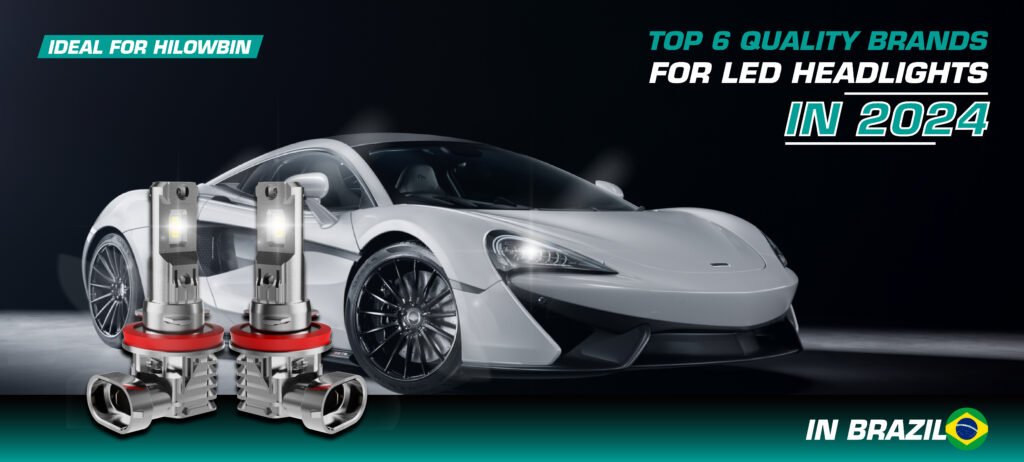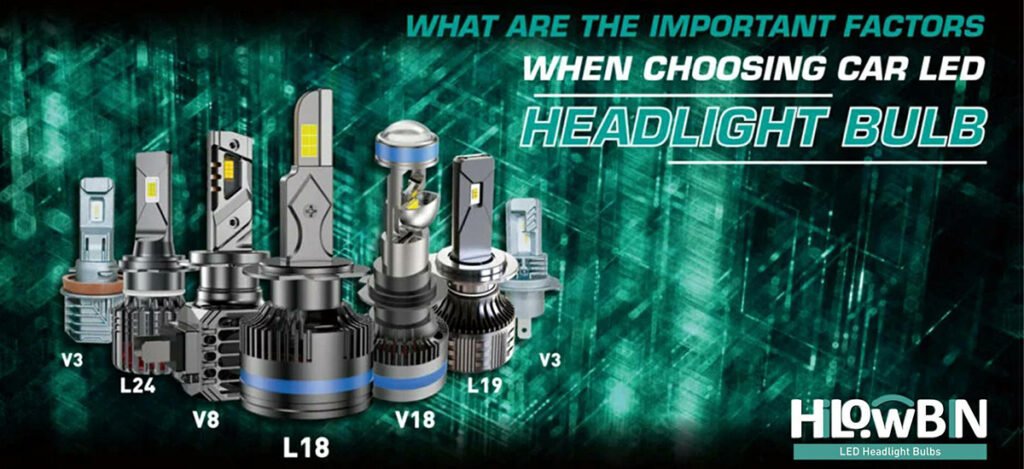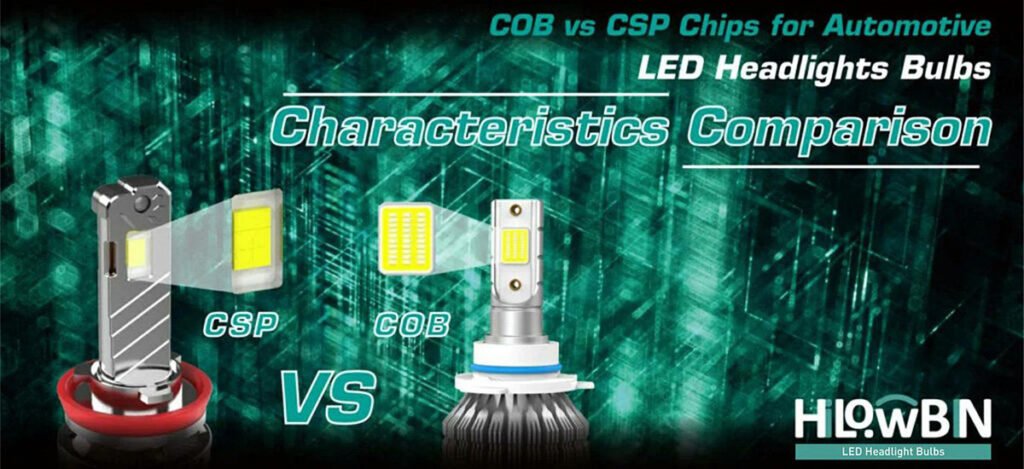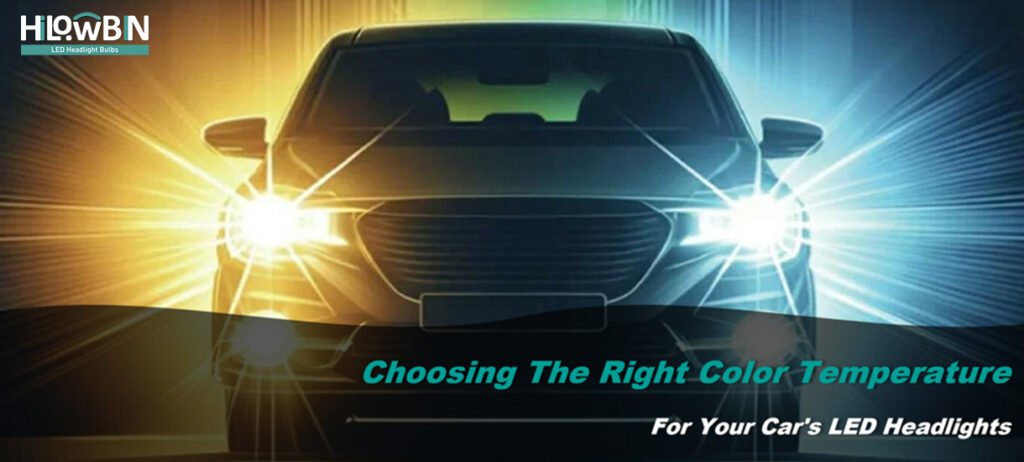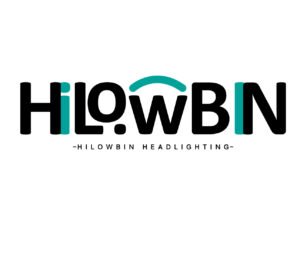The automotive lighting industry has seen significant advancements, with LED headlights becoming increasingly popular. One common question is whether LED headlights can be installed in a halogen socket. The answer is yes, but there are specific steps and considerations to ensure a successful installation. Here’s how you can upgrade your halogen
headlights to LED headlights.
Benefits of LED Headlight bulbs Over Halogen bulbs
LED headlight bulbs offer several advantages over traditional halogen bulbs, including:
Increased Brightness: LED headlight bulbs provide much brighter and clearer illumination compared to halogen bulbs.
Energy Efficiency: LED headlight bulbs consume less power, which can improve your vehicle’s fuel efficiency.
Longevity: LED headlight bulbs have a longer lifespan, reducing the frequency of replacements.
Durability:LED headlight bulbs are more resistant to vibrations and shocks, making them ideal for various driving conditions.
Compatibility Check
Before making the switch, ensure that the LED headlights are compatible with your vehicle’s halogen socket. Most modern LED bulbs are designed to fit standard halogen sockets (like H4, H7, 9005, 9006, etc.), but it’s crucial to verify the specific bulb type required for your car.
Installation Process
While different LED headlight kits have various designs, their installation procedures are generally similar. Here is a detailed guide on installing the HILOWBIN L18 H7 LED headlights:
Step 1: Remove the Halogen Bulb
Ensure the car engine is off and disconnect the power. Wait for the vehicle to cool down if recently driven. Open the hood, locate the bulb, and remove the rubber cap. Disconnect the power plug from the halogen bulb and release the spring clip. Carefully remove the halogen bulb.

Step 2: Remove the LED Bulb Bracket
Detach the holder from the L18 LED bulb. Place the holder into the headlight socket and secure it with the spring clip.

Step 3: Insert the LED Bulb
Insert the L18 LED bulb into the headlight assembly, ensuring it is securely fitted.

Step 4: Adjust the LED Bulb Angle
Rotate the bulb clockwise so that one side of the LED chips faces the 3 o’clock position and the other side faces the 9 o’clock position to achieve a proper beam pattern.

Step 5: Test the Headlights
Reconnect the power plug to the LED bulb. If the LED bulb includes a driver box, place it in an available space within the headlight assembly. Check the alignment and brightness of the headlights, and adjust as necessary to ensure the beam pattern is correct.
Optimal Beam Effect
Using HILOWBIN L18 LED lights as an example, these LEDs are designed for all-around illumination. Installation is very simple and requires no tools, just bare hand.
By correctly rotating the LED light to its optimal position, with the light beads on either side pointing to the 3 o’clock and 9 o’clock positions, you will achieve a perfect lighting pattern as shown below.

This beam pattern is highly superior. As you can see, the low beam forms a very sharp and asymmetric cut-off line.
When Do You Need a Canbus Decoder?
If you experience flickering, warning messages, non-functioning LED bulbs, random on/off behavior, and other issues after installing new LED lights, your vehicle may require an additional CANBUS module. This module ensures that the vehicle’s electrical system properly recognizes the LED bulbs, mimicking the power consumption of halogen bulbs.
Conclusion
Upgrading to LED headlights in a halogen socket is not only possible but also beneficial in terms of brightness, energy efficiency, and longevity. By following the proper installation process, you can enjoy the enhanced performance and visibility offered by LED headlights, making your driving experience safer and more comfortable.

